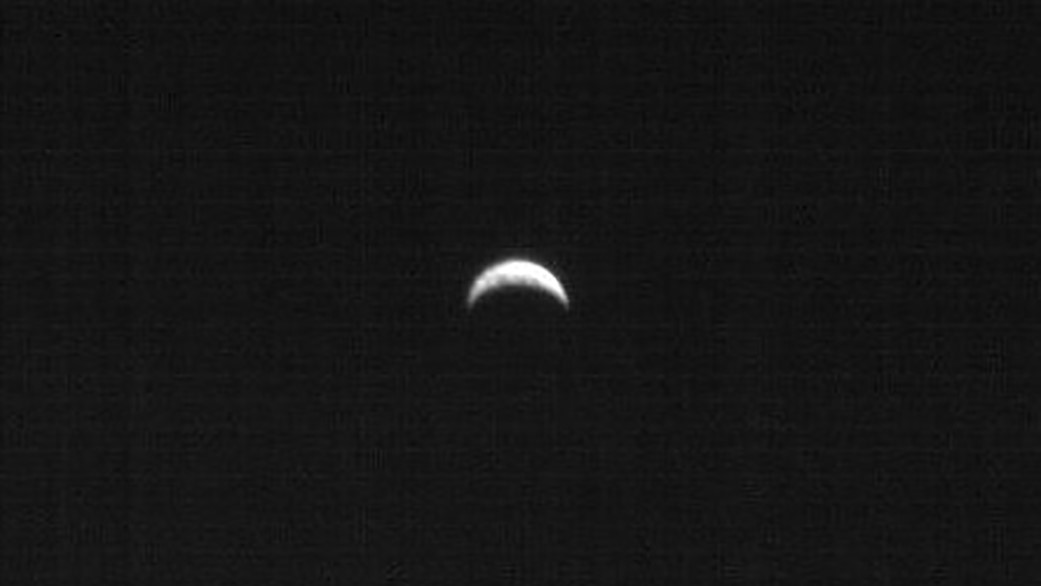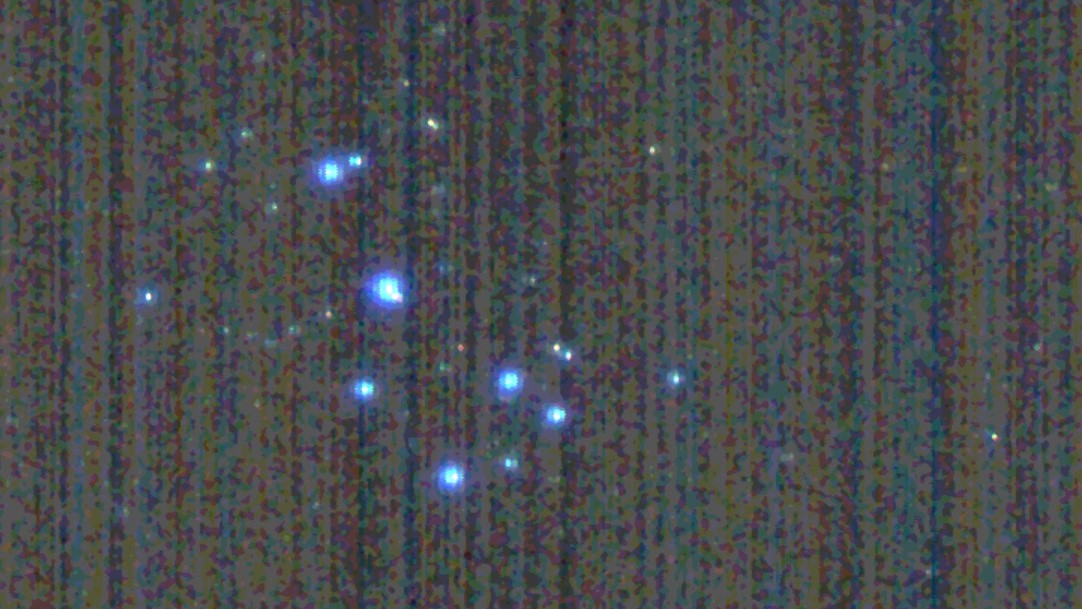DART asteroid smasher's tiny companion spots Earth and stars (photos)
LEIA and LUKE are ready for their big moment.

The DART spacecraft's tiny companion is ready to photograph a brand-new impact site Monday night (Sept. 26).
NASA's Double Asteroid Redirection Test (DART) mission carried a cubesat known as the Light Italian Cubesat for Imaging Asteroids, or LICIACube, which it deployed on Sept. 11. The main DART spacecraft's mission will end tonight when it slams into an asteroid called Dimorphos to test a technique for deflecting a hazardous space rock should one ever threaten Earth. And LICIACube will fly past Dimorphos just three minutes after the impact to photograph the mess of debris kicked up by the collision.
So, since its deployment, LICIACube has been practicing for the big event, ensuring its two cameras are ready to go by capturing images of Earth and the famous Pleiades star cluster, also known as the Seven Sisters.
Related: What time will NASA's DART probe hit an asteroid on Sept. 26?
More: NASA's DART asteroid-impact mission explained in pictures
LICIACube carries two cameras, because each is meant to capture different information. The LICIACube Explorer Imaging for Asteroid (LEIA) camera is a high-resolution black-and-white camera; in contrast, the LICIACube Unit Key Explorer (LUKE) boasts a wider field of view and red-green-blue color filters.
Combined, the two cameras should give scientists a fascinating view of the fresh impact.
The strengths of each camera are on display in the new test images. LEIA's shows a crescent Earth spotted on Sept. 21. Earth and Dimorphos will be separated by about 7 million miles (11 million kilometers) at the time of impact. LUKE's test image, in contrast, shows the Pleiades, a cluster of seven stars that shine blue in the photograph, which LICIACube snapped on Sept. 22.
Get the Space.com Newsletter
Breaking space news, the latest updates on rocket launches, skywatching events and more!

In addition to photographing the impact's debris, LICIACube will also capture images of the opposite side of Dimorphos, which DART will never be able to see.
LICIACube will have plenty of backup; three spacecraft and countless observatories on Earth will also be watching the drama unfold. Scientists hope that the observations will help them understand characteristics like the structure and composition of Dimorphos.
DART is designed to test the kinetic impact approach to planetary defense, or protecting Earth from any hazardous asteroids. Slam enough mass with enough speed into a space rock, the theory goes, and its orbit will change and — if all goes well — prevent Earth and the asteroid from colliding. However, neither Dimorphos nor its larger companion, Didymos, poses any threat to Earth, and nothing that happens tonight can change that.
Email Meghan Bartels at mbartels@space.com or follow her on Twitter @meghanbartels. Follow us on Twitter @Spacedotcom and on Facebook.
Join our Space Forums to keep talking space on the latest missions, night sky and more! And if you have a news tip, correction or comment, let us know at: community@space.com.

Meghan is a senior writer at Space.com and has more than five years' experience as a science journalist based in New York City. She joined Space.com in July 2018, with previous writing published in outlets including Newsweek and Audubon. Meghan earned an MA in science journalism from New York University and a BA in classics from Georgetown University, and in her free time she enjoys reading and visiting museums. Follow her on Twitter at @meghanbartels.









